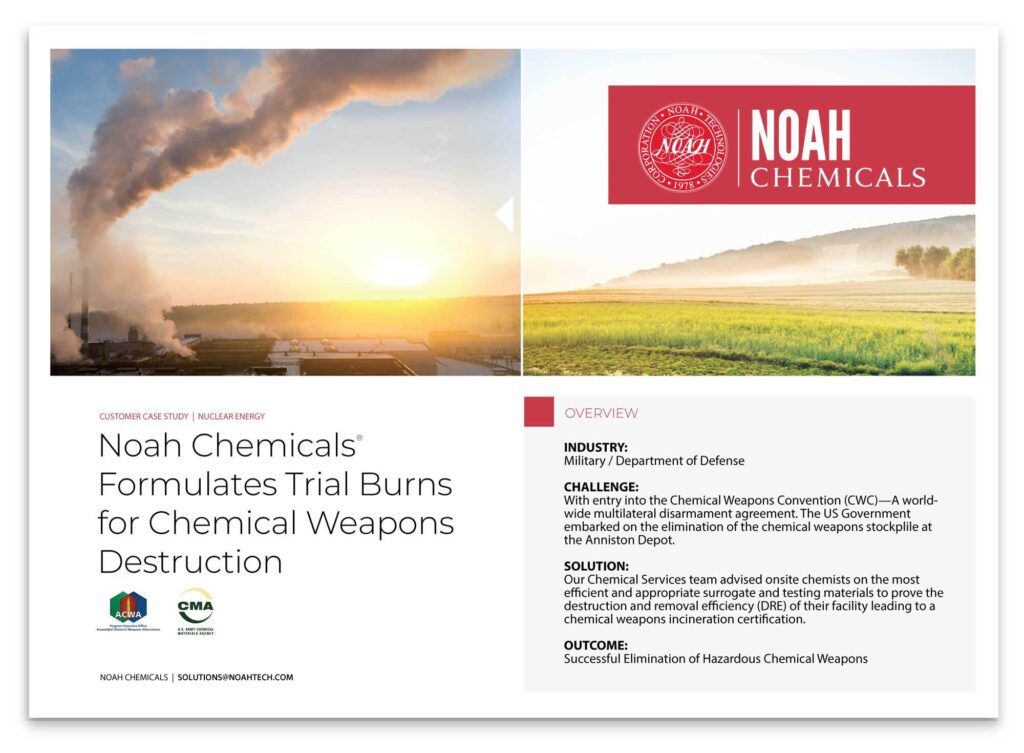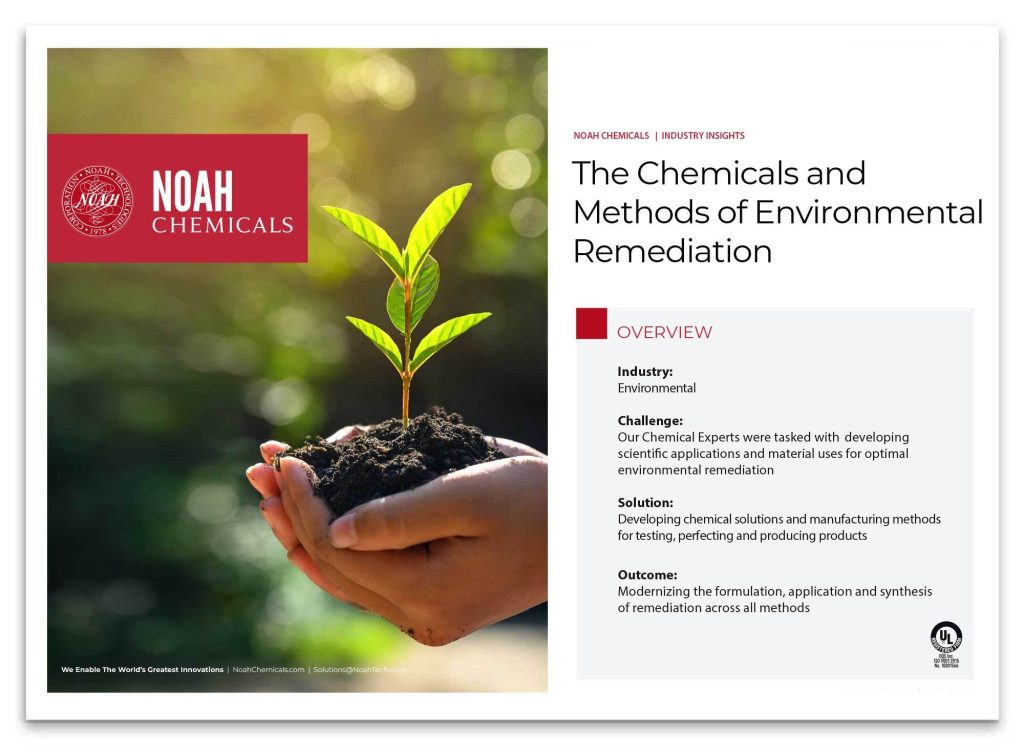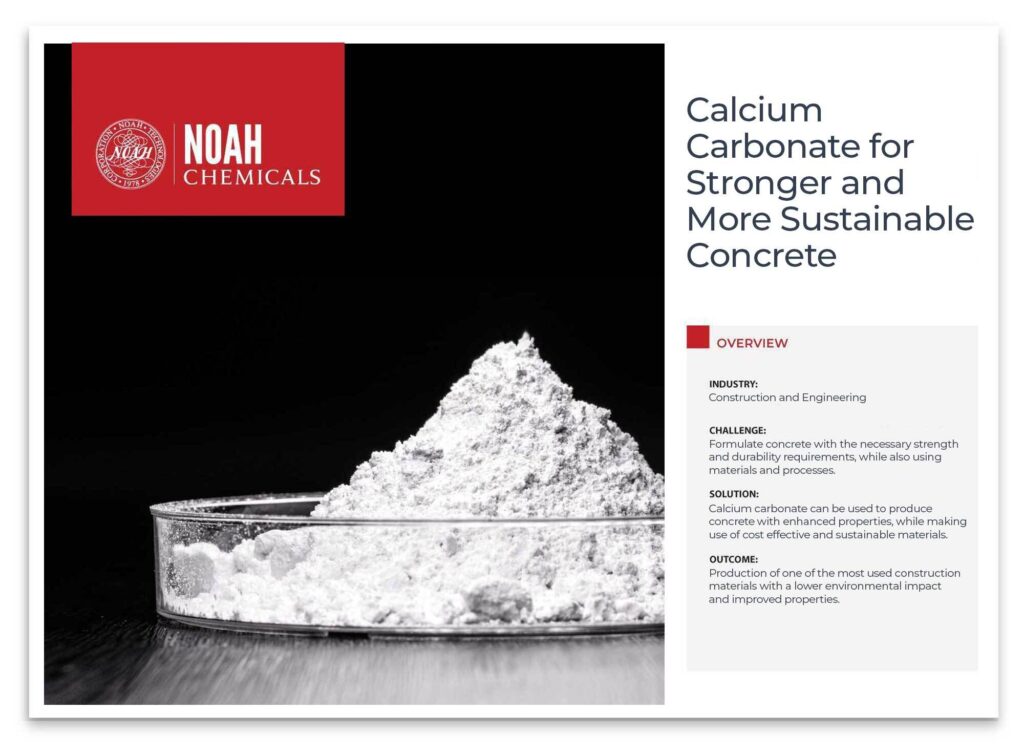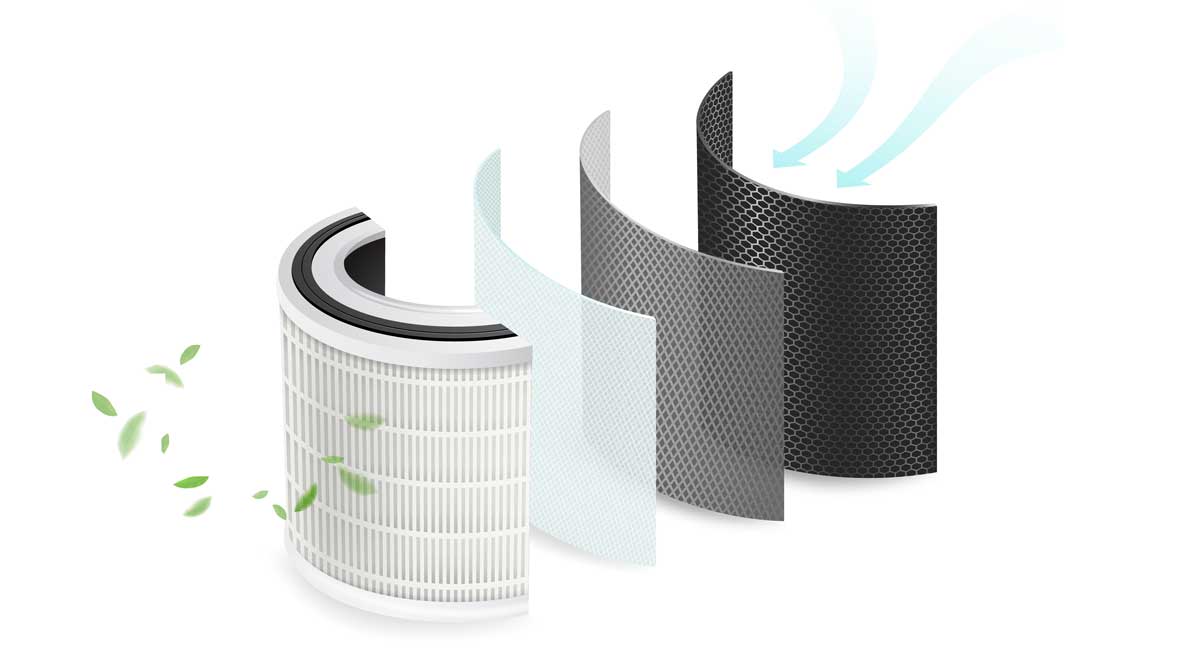Specialty and High Purity Chemical Supplier, Manufacturer
and Chemical Services
We Enable the World's
Greatest Innovations
We Enable the World's Greatest Innovations
Specialty and High Purity Chemical Supplier, Manufacturer and Chemical Services
Solutions for Specialty Chemicals and Manufacturing Services
Our Chemical Services team of experts have been collaborating with customers for 45 + years in order to bring innovative, chemical solutions to many industries and detailed analysis to a multitude of applications. We provide technical capabilities and expertise needed for all your unique chemical, material Application, Formulation, and Analysis. As a result, we have a strong understanding of new and continued development of the best materials required for robust process systems and finished goods.
Our experts provide the guidance to meet all your unique material needs including, but not limited to:
- Inorganics
- Metal Salts
- Ceramics
- Reagents
- Evaporation
Materials
- Rare Earths
- Alkoxides
- Intermetallics
- Metals
- Pharmaceutical Intermediates
Infinite
Custom Solutions
SPECIALTY AND HIGH PURITY CHEMICALS
Chemical Quality and Purity
Quality and purity are crucial components in the efficacy and success of a given product. All materials are produced under strict quality control and quality assurance systems. Our chemicals and metals are available in various purities and particle sizes. Noah Chemicals is certified to ISO 9001:2015, DQS and our products are typically manufactured to meet high purity specifications ranging from 99% to 99.9999+%, in order to meet or exceed chemical regulatory grades for ACS, USP-NF and the FCC.


GLOBAL INDUSTRIES
Supplier of Choice to Fortune 500 Companies, Government Agencies and Laboratories
Noah Chemicals is an innovative, chemical solutions, chemical supplier and manufacturing partner for a broad range of clients. This includes Fortune 500 companies, government agencies, laboratories and business startups.
We manufacture an extensive list of research chemicals to scale and are a proven leader in creating custom products used in new and emerging technologies. Every project and client relationship is governed by The Noah Standard – our commitment to quality, innovation, results, partnerships, and accountability.
MANUFACTURING
Custom Chemical Manufacturing, Bulk Materials and Packaging
Our Chemists and Engineers enable the advancement of material science and new technologies. We collaborate with research facilities, agencies, and production companies to manufacture and supply specialized chemicals.
We offer consulting and technical assistance during the development process, as well as scaled-up quantities of special-quality materials. Additionally, we take specifications and application of small batch specialty products to bulk scale.
- Synthesis
- Formulation
- Consultation
- Blending
- Milling
- Calcining


MANUFACTURING
Synthesis and Formulation
We are experts in a variety of synthesis methods including purification, particle size reduction, calcination, combustion, and other synthesis methods from bench scale to bulk production. Our team has developed a proprietary crystallization method utilizing a multi-stage purification and dehydration technique for refining compounds such as fine powder crystals, hygroscopic salts, and other products.
In order to optimize pricing without sacrificing quality, our team begins each formulation with high purity reagents, intermediates, alkoxides, metals, inorganics, salts, and other ingredients. All aqueous solutions are prepared using ASTM Type 1 deionized water, and meet qualifications required for analytical titrants or atomic absorption standards.
SUSTAINABILITY
Our Dedication to Ecological Responsibility
Our belief in the importance of sustainable chemical production methods, or Green Chemistry, is a fundamental aspect of the Noah Standard. Our mission is to deliver innovative, high-quality solutions that benefit our customers, our industry and the Earth.
Solutions for Specialty Chemical and
Manufacturing Services
Manufacturing Services
Our Chemical Services team of experts have been collaborating with customers for 45 + years in order to bring innovative, chemical solutions to many industries and detailed analysis to a multitude of applications. We provide technical capabilities and expertise needed for all your unique chemical, material Application, Formulation, and Analysis. As a result, we have a strong understanding of new and continued development of the best materials required for robust process systems and finished goods.
- Inorganic
- Metal Salts
- Ceramics
- Rare Earths
- Alkoxides
- Intermetallics
- Evaporation Materials
- Reagents
- Metals
100+
Fortune 500 Companies
4000+
Products
Infinite
Custom Solutions
45+
Year History
60+
Countries
Chemical Quality
and Purity
Quality and purity are crucial components in the efficacy and success of a given product. All materials are produced under strict quality control and quality assurance systems. Our chemicals and metals are available in various purities and particle sizes.
Noah Chemicals is certified to ISO 9001:2015, DQS and our products are typically manufactured to meet high purity specifications ranging from 99% to 99.9999+%, in order to meet or exceed chemical regulatory grades for ACS, USP-NF and the FCC.
Supplier of Choice to Fortune 500 Companies, Government Agencies and Independent Laboratories
Noah Chemicals is an innovative, chemical solutions, chemical supplier and manufacturing partner for a broad range of clients. This includes Fortune 500 companies, government agencies, laboratories and business startups.
We manufacture an extensive list of research chemicals to scale and are a proven leader in creating custom products used in new and emerging technologies. Every project and client relationship is governed by The Noah Standard – our commitment to quality, innovation, results, partnerships, and accountability.
Custom Chemical Manufacturing, Bulk Materials and Packaging
Our Chemists and Engineers enable the advancement of material science and new technologies. We collaborate with research facilities, agencies, and production companies to manufacture and supply specialized chemicals.
We offer consulting and technical assistance during the development process, as well as scaled-up quantities of special-quality materials. Additionally, we take specifications and application of small batch specialty products to bulk scale.
Synthesis and Formulations
We are experts in a variety of synthesis methods including purification, particle size reduction, calcination, combustion, and other synthesis methods from bench scale to bulk production. Our team has developed a proprietary crystallization method utilizing a multi-stage purification and dehydration technique for refining compounds such as fine powder crystals, hygroscopic salts, and other products.
In order to optimize pricing without sacrificing quality, our team begins each formulation with high purity reagents, intermediates, alkoxides, metals, inorganics, salts, and other ingredients. All aqueous solutions are prepared using ASTM Type 1 deionized water, and meet qualifications required for analytical titrants or atomic absorption standards.
Our Dedication to Ecological Responsibility
Noah Chemicals is committed to environmental sustainability. We recognize the growing demand for safe, ethical chemical materials that maximize efficiency while reducing or eliminating waste. To that end, we continually strive to develop processes that meet or exceed global regulatory standards for environmental compliance.
Our belief in the importance of green chemistry is a fundamental aspect of the Noah Standard – our mission to deliver innovative, high-quality solutions that benefit our customers, our industry and our planet.
Our Dedication to Ecological Responsibility
Our belief in the importance of sustainable chemical production methods, or Green Chemistry, is a fundamental aspect of the Noah Standard. Our mission is to deliver innovative, high-quality solutions that benefit our customers, our industry and the Earth.
Noah Chemicals Insights and Case Studies
Discover perspectives from industry experts around digital transformation, trends, innovation, operations – all to help you determine your best path forward.

Hydrogen Gas and Two Powders Changing the Industry
It is widely known that the world is moving in the direction of green energy sources. Advancements in research are being made across more than just the wind, solar, and geothermal industries. Recently, two advancements in the production, storage, and transportation of hydrogen gas have been announced.
Read our Blog
Hydrogen Gas and Two Powders Changing the Industry
It is widely known that the world is moving in the direction of green energy sources. Advancements in research are being made across more than just the wind, solar, and geothermal industries. Recently, two advancements in the production, storage, and transportation of hydrogen gas have been announced.
Read our Blog
Trial Burns Case Study
We partnered with the US Army in developing efficient methods of testing the Destruction & Removal Efficiency (DRE) of their incinerator systems.
Download Our Case StudyWork with Us
Begin your partnership with Noah Chemicals to work at solving your most complex challenges.









